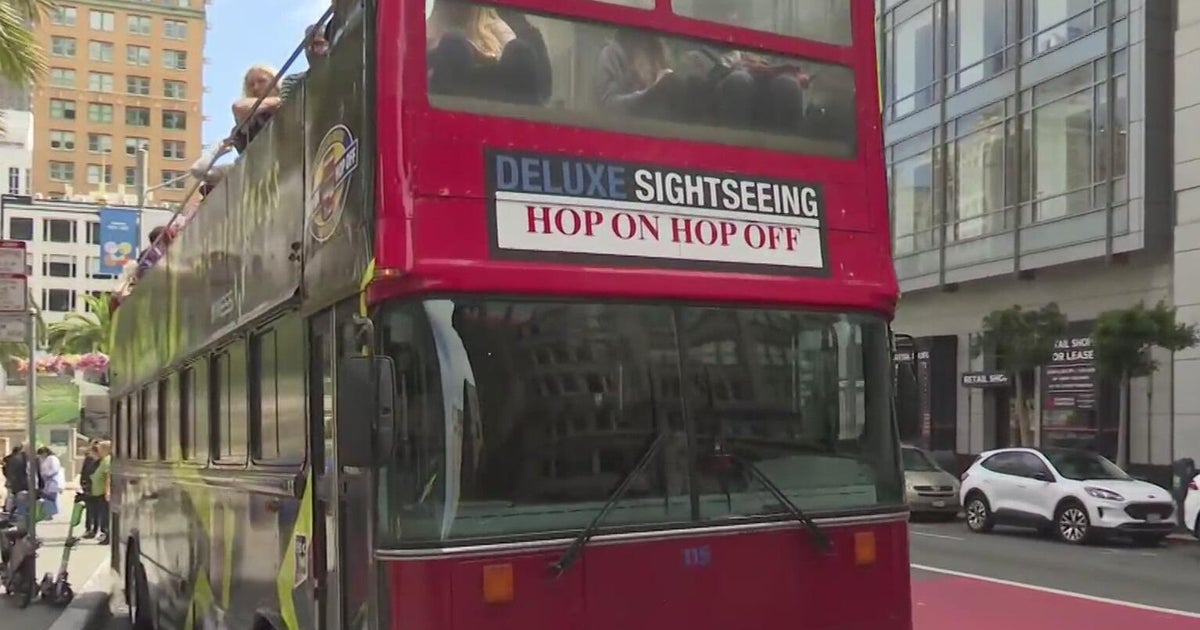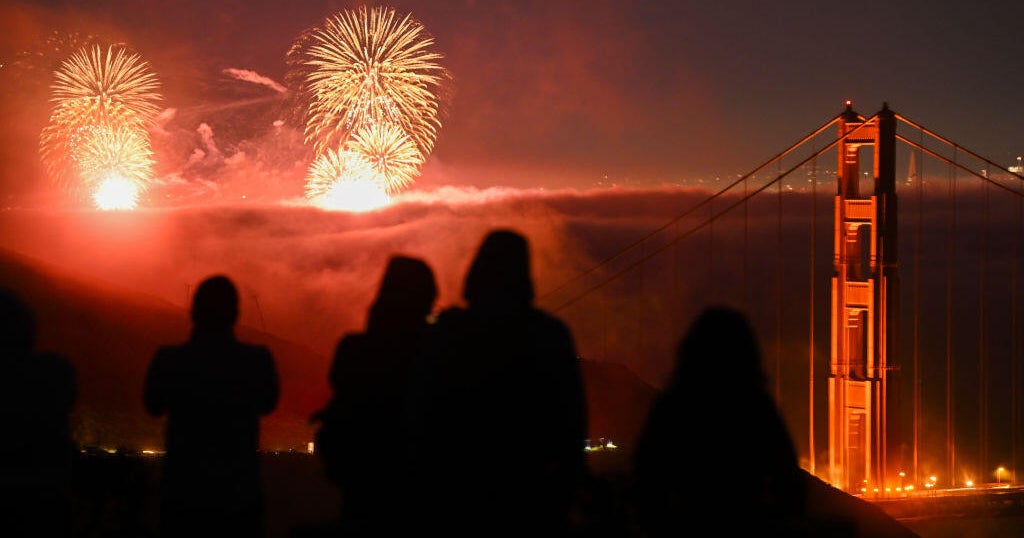State Power Grid Operators Say They're Ready for Weekend Heat Wave
FOLSOM (CBS SF) -- Officials with California's power grid operator said Thursday that they are more prepared for this weekend's heat wave than they were in mid-August, but a scorching end to the summer could require additional flex alerts in the coming weeks.
Eric Schmitt, vice president of operations for the California Independent System Operator (CAISO), acknowledged that California's summer weather generally extends into September, particularly in the southern part of the state.
"Many of our seasonal records are set in the September timeframe," Schmitt said. "We obviously are going to have heavy loads this weekend and until we clear September, we could have other tight, demanding days."
The CAISO issued a flex alert Thursday for Labor Day weekend, citing temperatures that are expected to be between 10 and 20 degrees higher than normal and could generate increased energy demand and air conditioner usage.
Updates on the flex alert over the weekend can be found at flexalert.org.
While Pacific Gas and Electric rightfully gets blamed for some problems, the call regarding when to cut off power in the Bay Area is not theirs; it's CAISO's.
"Once we get the word that we have to start doing rotating outages, we have to conduct them within 10 minutes," said Deanna Contreras of PG&E.
Dr. Amol Phadke of UC Berkeley and Lawrence Berkeley Lab says the margins are slim enough that adjusting thermostats or not using major appliances during flex alerts could make a real difference.
"California is not that short. A five percent increase in the availability in generation, five to ten percent will solve this challenge," explained Phadke.
He says the next move for the state shouldn't be more dirty, polluting power plants, but storage for solar, wind and water generated power.
"The cost of battery farms and battery technology has come down significantly and California is making real advances in installing these batteries and battery farms," he said.
With a heat wave bearing down, the rush is to fill the power void for CAISO, while hoping that people conserve at home.
"In the short run, they have to do everything to buy power from outside states and also issue flex alerts. So without causing too much inconvenience to consumers, if consumers are able to reduce their electricity consumption, everybody benefits," Phadke said.
The state's power grid faced a similarly strained demand for energy in mid-August, when a heat wave blanketed the West Coast for several days.
READ MORE: 'Dangerous Heat,' Winds Forecast For Fire Weary Bay Area; Flex Alert Issued For Labor Day Weekend
"We rely on what is a limited set of capacity in California and the West and when you get these high load levels, it's stretching that capacity," CAISO Vice President of Market Policy and Performance Mark Rothleder said.
Some households across the state faced power outages due to increased demand at the outset of the heat wave, but subsequent days saw a significant drop in energy use during peak hours, which CAISO officials said prevented rolling blackouts in large swaths of the state.
"The response we got, especially on Aug. 17 and 18 was unprecedented," CAISO Director of Real Time Operations John Phipps said. "We saw an impact of thousands of megawatts that made those few days much more manageable and so just very grateful for that help."
To conserve energy, people are advised to set their air conditioning thermostats to 78 degrees, avoid using unnecessary lights and major household appliances, close blinds and drapes and use a fan when possible.
Andria Borba contributed to this story.



